Trump and Xi Are in a Tariff Trap
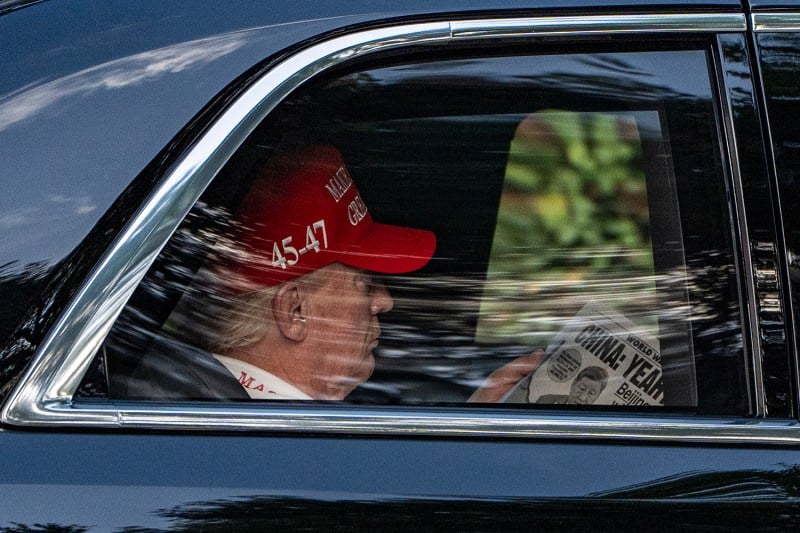
Trump and Xi Are in a Tariff Trap
Neither wants to back down—and neither knows how.
U.S. President Donald Trump reads the New York Post as he arrives at Trump National Golf Club in Jupiter, Florida, on April 5. AP Photo/Alex Brandon
The U.S.-China trade war has erupted into a full-scale tariff spiral, with triple-digit levies on Chinese products going into effect today and Washington showing no signs of slowing its assault. Confronted with this economic barrage, Beijing would ordinarily search for a quiet path back to détente through dialogue. But that path has all but vanished.
The reason is simple. For U.S. President Donald Trump, his pressure campaign isn’t a prelude to any negotiation—it is the strategy itself. Each tariff taunt feeds the next, leaving China with fewer options at every turn. Worse, Beijing’s political rigidity, deep insecurities, and defensive overreaction to Trump’s tariff announcements have seemingly slammed shut the very doors it quietly needs to reopen.
The U.S.-China trade war has erupted into a full-scale tariff spiral, with triple-digit levies on Chinese products going into effect today and Washington showing no signs of slowing its assault. Confronted with this economic barrage, Beijing would ordinarily search for a quiet path back to détente through dialogue. But that path has all but vanished.
The reason is simple. For U.S. President Donald Trump, his pressure campaign isn’t a prelude to any negotiation—it is the strategy itself. Each tariff taunt feeds the next, leaving China with fewer options at every turn. Worse, Beijing’s political rigidity, deep insecurities, and defensive overreaction to Trump’s tariff announcements have seemingly slammed shut the very doors it quietly needs to reopen.
All of this points to a stark reality: Trump and his Chinese counterpart, Xi Jinping, are now locked on a collision course. Trump believes relentless pressure will ultimately force Beijing to capitulate, and he sees every uptick in tension as proof his approach is working. Xi, for his part, knows that genuine concessions are unlikely to win a reprieve; Trump would simply pocket the gains and press for more. What lies ahead, then, is no longer a test of endurance, but a clash of hard lines—an unpredictable escalation with no ceiling and no clear escape.
For Trump, tariffs are the blunt instrument of choice—central to his economic playbook and essential to his view of U.S. power. He sees them as a way to redraw the global trade map, punish rivals, and restore U.S. industrial supremacy. Tariffs deliver multiple dividends: They inflict pain on foreign industries, force companies to rethink supply chains, and send a clear signal that he is willing to do what past U.S. leaders would not. At home, they feed his populist narrative, casting him as the champion of forgotten workers and the defender of the heartland. Trump isn’t waiting for economists or trade lawyers to validate his approach—he uses every new tariff announcement to claim victory, portraying each escalation as proof positive that his strategy is working and U.S. leverage is growing.
With many countries, Trump is treating tariffs as tactical leverage to force quick, pragmatic deals. He sees partners like Japan, Vietnam, Mexico, and even Europe as transactional players, ready to negotiate when the pressure rises. Tariffs in these cases are a means to an end, a squeeze for concessions on reshoring supply chains, lowering trade barriers, or scrapping tariffs altogether. Trump pushes hard but expects them to play ball, and he frames these fights as winnable negotiations rather than permanent battles. Even as tariffs go into effect, he keeps dangling the prospect of side deals, signaling that cooperation can still earn relief—at least for those willing to bargain.
China is a different story entirely. Trump sees Beijing as the architect of a rigged global order, and he isn’t angling for compromise—he’s driving for capitulation. For Trump, this goes far beyond resolving trade disputes at the margins; it’s about dismantling China’s unfair advantages and upending China’s trade centrality. Chinese retaliation only emboldens him, reinforcing his belief that tariffs are working and that doubling down will eventually force Xi to fold. Crucially, because Beijing hasn’t figured out how to de-escalate without appearing weak, Trump sees no reason to ease the pressure, at least not yet. As a result, he is isolating China by design, tightening the screws with each new escalation, and betting that relentless strain will leave Xi with no off-ramp—and no choice but to buckle.
Against this backdrop, Xi’s options are narrowing fast. His instinct is to project strength and play for time, hoping that endurance and discipline can outlast Trump’s tariff blitz. But Trump’s unyielding offensive leaves little breathing room. After Beijing announced 34 percent reciprocal tariffs on U.S. imports this month—a move meant to signal defiance but not full rupture—Trump immediately countered by raising U.S. tariffs by another 50 percent. For Xi, the message was unmistakable: Retaliation risks harsher penalties, yet doing nothing invites humiliation at home. Xi now faces a bitter choice. He can escalate and provoke more pain, or hold back and appear weak to both foreign rivals and his domestic audience. Either way, the noose tightens.
China’s structural challenges compound Beijing’s bind. Xi’s rigid hierarchy leaves everyone waiting for cues from the top, but he has given none. Even if Xi wanted to de-escalate—and there’s little sign he does—his defiance and propaganda-fueled nationalism leave few credible ways to retreat without eroding his authority. Personnel problems deepen the dilemma. Trade falls outside Foreign Minister Wang Yi’s remit, and Xi shows little trust in Premier Li Qiang to handle such high-stakes talks. But if not them, who? Xi’s consolidation of power has hollowed out China’s bench of credible envoys, leaving no one willing to risk misreading Trump or misplaying China’s weak hand. Even in a system steeped in quiet deal-making, Beijing cannot project resolve and seek reconciliation at once—and Xi has yet to choose a path.
At the same time, Beijing lacks a clear counterpart in Washington. Trump has blurred lines of authority, leaving China unsure who, if anyone, can negotiate credibly on his behalf. Cabinet secretaries and envoys come and go in Trump’s orbit, but he makes clear that any real deal starts and ends with him. He taunts Beijing by claiming to await China’s call, even as he courts dozens of other nations—friend and foe alike—that appear eager to strike deals. This is no accident; it’s the Art of the Deal applied to a global trade war. Trump thrives on disorder, keeping adversaries off-balance and sharpening his leverage. China, by contrast, is trapped in the art of the delay, waiting for clarity that never comes. The longer Xi stalls, the greater the peril, as Trump fills the vacuum with new tariffs and sidelines Beijing in a game that keeps accelerating.
What emerges next is the depth of mutual miscalculation. Trump sees relentless pressure and personal flattery as complementary, convinced he can batter Beijing while buttering up his “great friend” Xi to make a deal. Yet China reads his taunts as duplicity—proof that Washington cannot be trusted even if talks resume. After years of back-and-forth negotiations and high-level bilateral engagements, neither side truly grasps the other’s calculus. Unless the two sides can craft an off-ramp that preserves Xi’s authority while satisfying Trump’s appetite for triumph, this trade war appears destined to escalate further if for no other reason than neither leader wanting to step back and neither leader knowing how.
Which means the worst may be yet to come. Both sides are bracing for impact, convinced time will tip the scales in their favor. But what began as a tariff tit-for-tat is fast morphing into a contest to redraw the global order, with each side convinced that in this fight, second place is no place at all. And on that, at least, they see eye to eye.
This post is part of FP’s ongoing coverage of the Trump administration. Follow along here.
Craig Singleton is a senior China fellow at the Foundation for Defense of Democracies and a former U.S. diplomat. X: @CraigMSingleton
More from Foreign Policy
-

American flags are draped around tables and pipes in a small factory room as women work at sewing machines to produce them. Tariffs Can Actually Work—if Only Trump Understood How
Smart trade policy could help restore jobs, but the president’s carpet-bomb approach portends disaster.
-

Donald Trump looks up as he sits beside China’s President Xi Jinping during a tour of the Forbidden City in Beijing on Nov. 8, 2017. Asia Is Getting Dangerously Unbalanced
The Trump administration continues to create headlines, but the real story may be elsewhere.
-

Trump announces tariffs Trump’s Wanton Tariffs Will Shatter the World Economy
Economic warfare is also a test for U.S. democracy.
-

The Department of Education building in Washington, DC on March 24. Why Republicans Hate the Education Department
Broad popular support means that even Ronald Reagan failed at dismantling the agency.

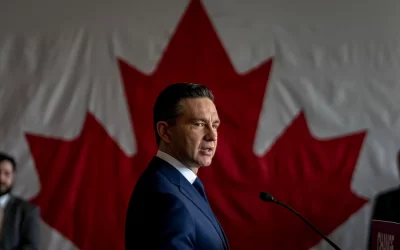
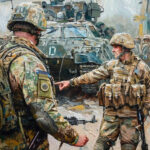


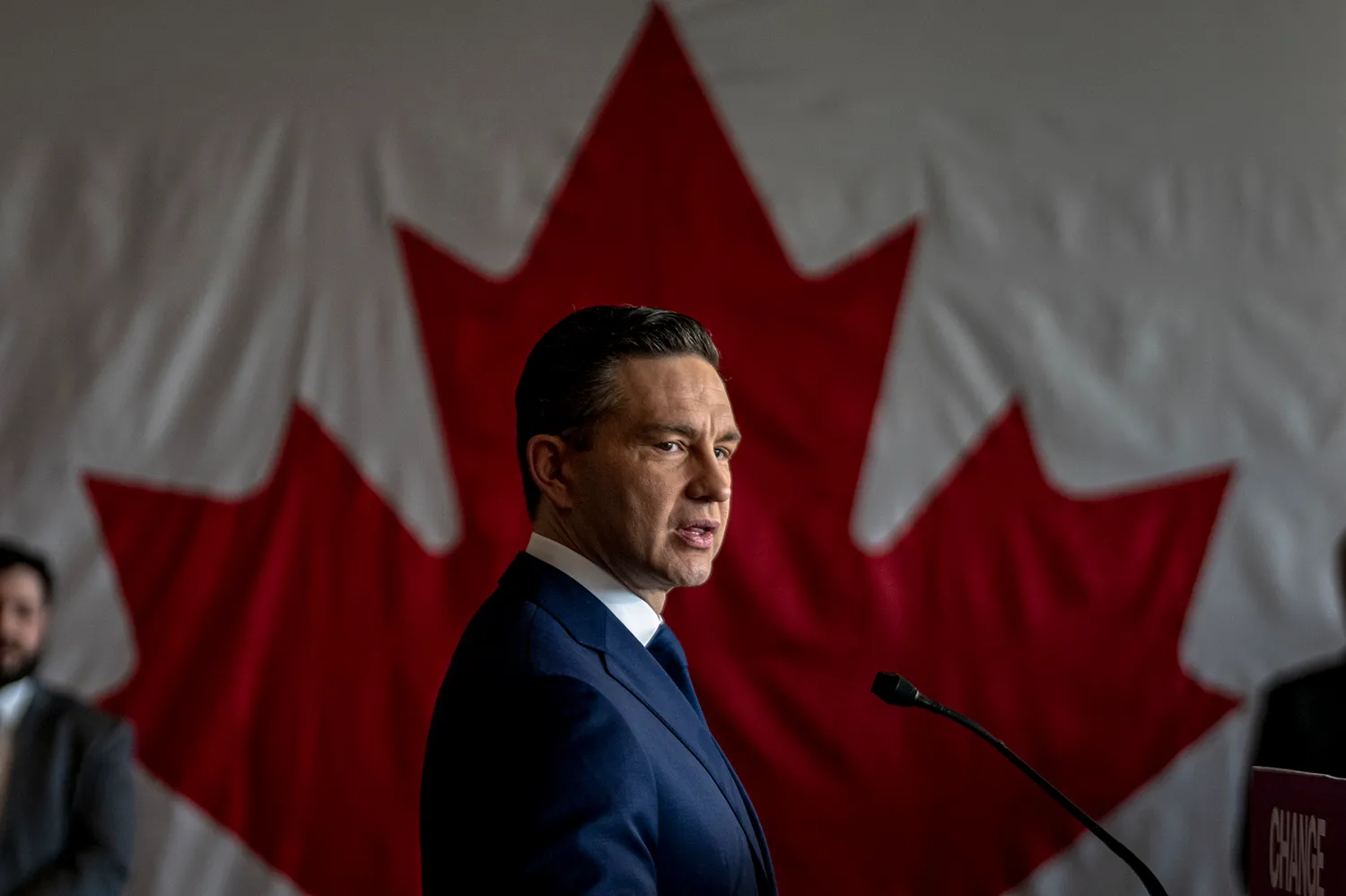
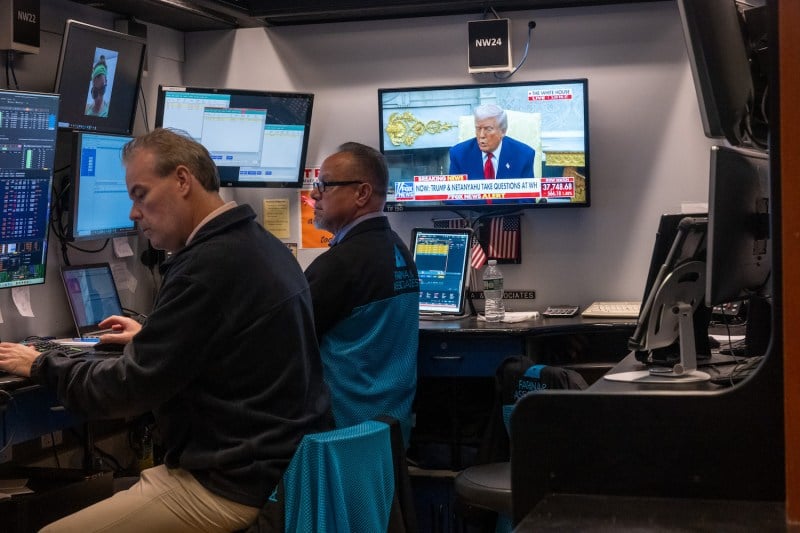
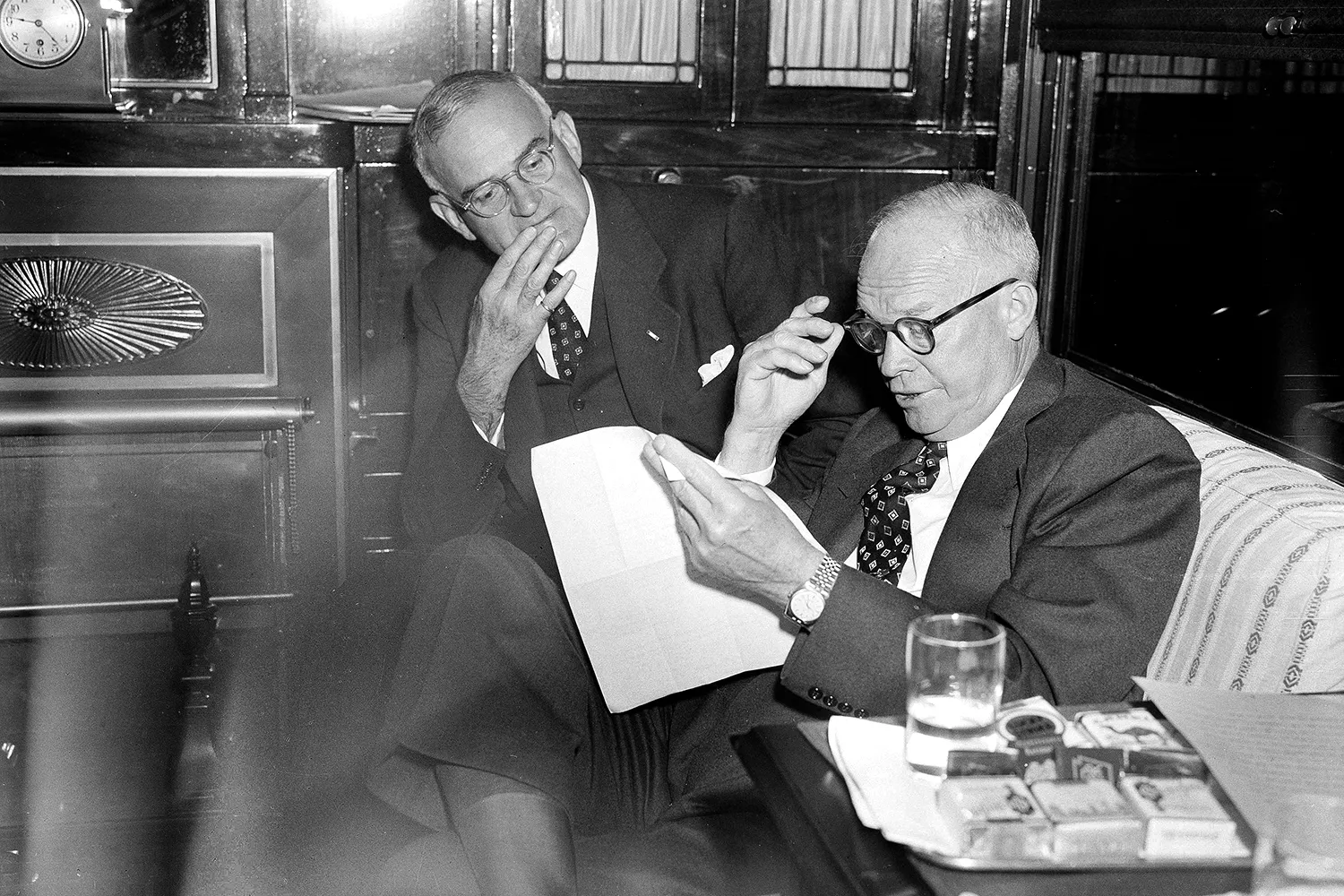
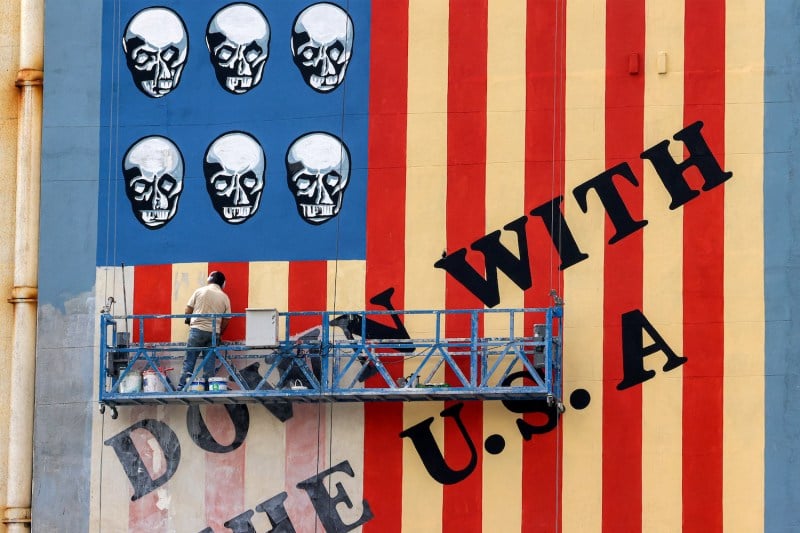
Join the Conversation
Commenting on this and other recent articles is just one benefit of a Foreign Policy subscription.
Already a subscriber?
.
Subscribe
Subscribe
View Comments
Join the Conversation
Join the conversation on this and other recent Foreign Policy articles when you subscribe now.
Subscribe
Subscribe
Not your account?
View Comments
Join the Conversation
Please follow our comment guidelines, stay on topic, and be civil, courteous, and respectful of others’ beliefs.
Change your username |
Log out
Change your username:
CANCEL
Confirm your username to get started.
The default username below has been generated using the first name and last initial on your FP subscriber account. Usernames may be updated at any time and must not contain inappropriate or offensive language.